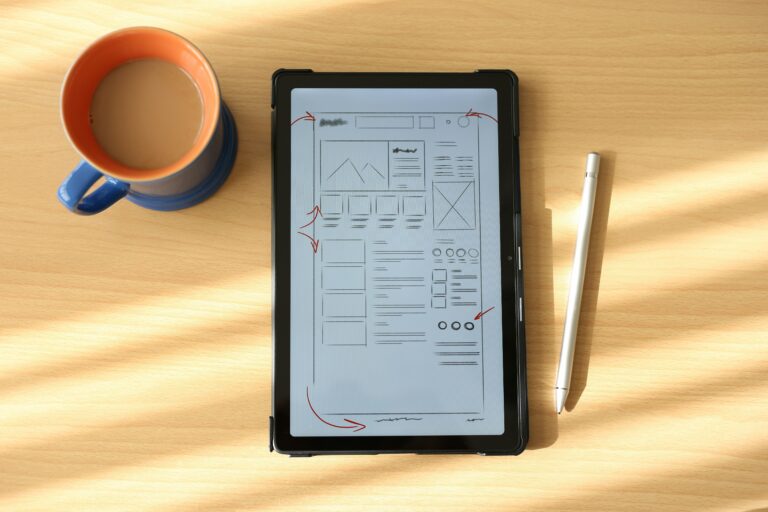The COVID-19 pandemic set off a chain of events across several sectors in 2020. Many people found themselves out of jobs, health workers were pushed to breaking point, and the people who still had jobs had to work remotely. As the pandemic seems to be waning, offices are gradually re-opening and adopting a hybrid working system.
Recently, a survey was carried out on 1000 UK-based full-time employees to ascertain the impact of hybrid work on employees. Out of the thousand survey respondents, up to 42% worked according to a hybrid model, while the rest worked exclusively from home or onsite.
From this survey and many similar ones, it’s pretty obvious that the hybrid working set up has become increasingly popular. But what are its effects on long-term employee productivity? Let’s take a closer look at how a hybrid working model can positively and negatively impact employee productivity.
What is hybrid working?
Before we delve into the benefits and drawbacks of this concept, it’s essential to first establish what the hybrid work model is all about. Hybrid working isn’t a synonym for remote working. Instead, it’s a flexible work model where employees can split their time between working from home and working in a physical office space.
Pros of hybrid working
Here are some positive effects of hybrid working on employee productivity:
A clearer emphasis on productivity
Previously, the lines between productivity and “just showing up to work” were blurred. Traditionally, most employers measured (and still measure) performance and productivity by the number of hours put in daily. Thus, employees who put in fewer hours of work might be considered “less productive” than their counterparts.
However, the hybrid model allows us (employers and employees alike) to redefine our measurements of performance and efficiency. With many employees working remotely, there’s now a glaring need to pinpoint everyone’s responsibilities and have a clearer view of what they can achieve in a day. This way, productivity can be measured using the right metrics (such as the amount of tasks done, KPIs and goals met etc). Subsequently, employees can focus on achieving their set tasks for each day instead of simply showing up to work.
Employee prioritisation
Over the years, several studies have shown that burnt-out employees typically experience lower levels of productivity and churn out low-quality work. However, the hybrid work model can significantly reduce burnout and consequently boost employee productivity. Sure, it might not waltz onto the scene and dispel employees’ stress with a magical wand, but it can certainly improve their work-life balance.
Since employees can switch between in-office work and remote work, they can strike a better balance between job and personal life. They can also put certain features/fixtures in place (such as orthopaedic furniture and music) to reduce the monotony of work. This way, employee’s health and wellbeing will be prioritised, leading to greater productivity levels.
Lower operation costs
Generally, the hybrid working model helps to reduce overhead costs. Since less employees are coming to the physical office, smaller budgets can be allocated to certain amenities, such as internet and office space. However, this work model isn’t cost-saving for employers alone; it’s also a cheaper alternative for employees.
The hybrid model ensures that employees spend less money on commuting to and from work. With workers having to worry less about transportation costs, they can channel more energy into work-related tasks and churn out better output.
Cons of the hybrid model
While the hybrid working model might seem like the next best thing after sliced bread, it has quite a few drawbacks as well. Here are some of them:
Increased isolation
Since employees are spending longer periods of time away from their work buddies and colleagues, feelings of loneliness and isolation may begin to set in. Without the convenience of simply walking to the next office to have a quick chat, employees might be unable to cope with the reduced levels of face-to-face communication.
Over time, these feelings may grow into a total loss of motivation, which will be reflected in their work performance.
Reduced client experience
For many organisations that require a certain level of in-person communications for client management, the hybrid model might be a major setback. For instance, recruitment agencies may have to switch to digital/virtual consultations rather than physical ones. For clients who may be used to physical consultations, this transition might be hard and could potentially diminish the overall experience.
Final Thoughts
The hybrid work model is an option that comes with numerous office pros and remote-work benefits. However, it’s important to explore this model from the perspective of both its positive and negative impacts on employee productivity. So, if you’re thinking of creating a hybrid work model for your organisation, we hope this two-pronged guide will help you make an informed decision.
if you are an employer looking for help with your next hiring process, contact us today and we’d love to help.




